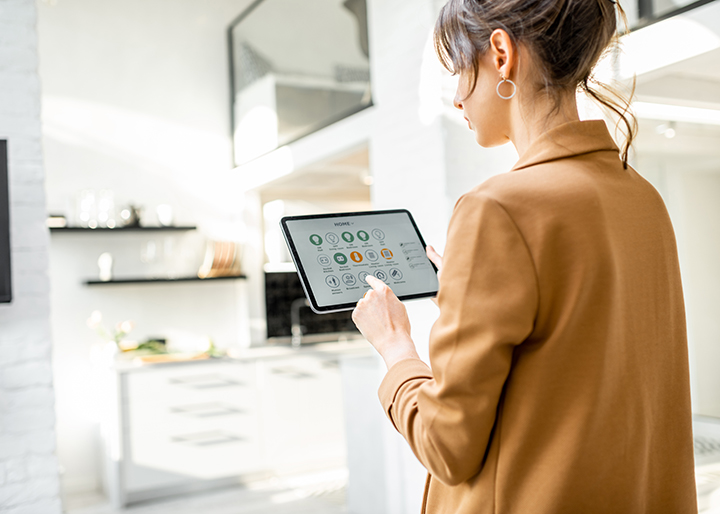Digital Curb Appeal Drives Value in BTR
Today’s Residents Have Higher Tech Expectations By Peter A. Gudmundsson In many industries outside of real estate, products and services evolve according to a technology adoption curve. This means that today’s luxuries become tomorrow’s must-have requirements, fast. Think air conditioning, power door locks on cars, wireless internet connectivity, or even home kitchen refrigeration as examples that started as novelties, became modern conveniences, and ultimately baseline prerequisites. Technology deployment in the
Read More












